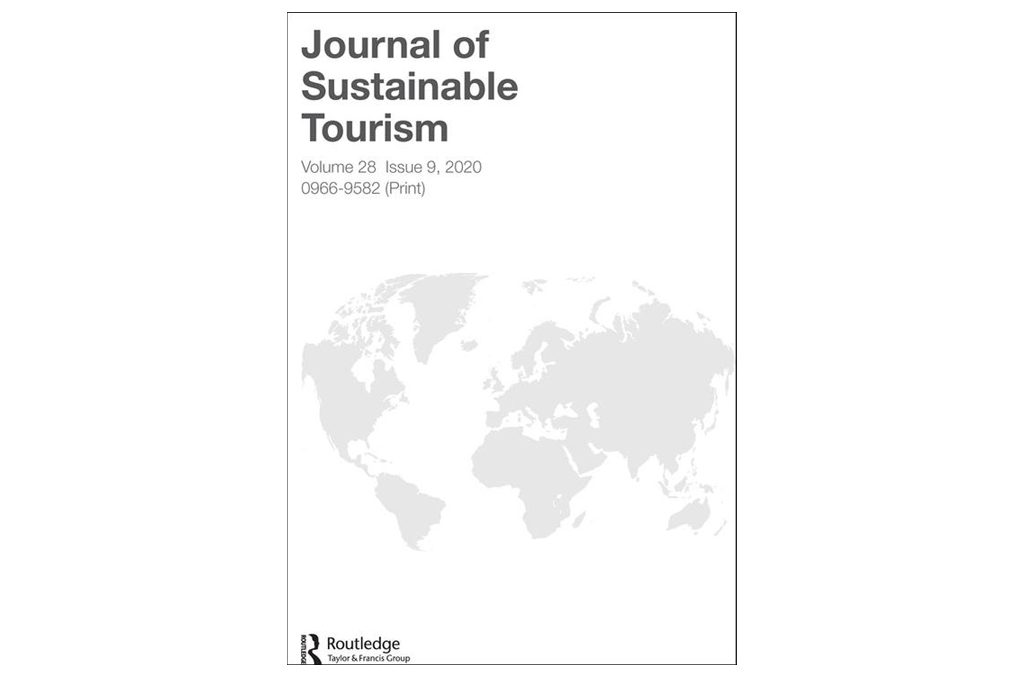ABSTRACT
Although Italian cities have undergone several waves of touristification, concerns about overtourism have only recently become widespread. In the article, we suggest that the diffusion of short-term rental platforms is not merely a concomitant factor, but is crucial to understanding the how and where of contemporary overtourism. To this end we apply a fractal methodology to identify, map and compare those parts of the city that are most affected, and measure the pressure short-term rentals have on city centres as places of residence. By allowing the conversion of residential apartments into tourist accommodation, we argue, short term rentals contribute to the displacement of residents more directly than a generic process of gentrification or touristification. Second, platforms such as Airbnb not only contribute to increasing the accommodation capacity of urban areas, but radically change the morphology of the tourist city. The growing concerns about overtourism are not due to the rising number of tourists per se, but to their increasing penetration into the residential city. We suggest, therefore, that to conceive of overtourism merely as overcrowding is not only inadequate but counterproductive. Even though the depopulation of city centres is difficult to reverse, the coronavirus emergency is an opportunity to plan a different city where tourism coexists with other urban uses and functions.
FONTE
Leggi l’articolo completo qui:
Celata F., Romano A. (2020)
Overtourism and online short-term rentals platforms in Italia cities
Journal of Sustainable Tourism (online first)

